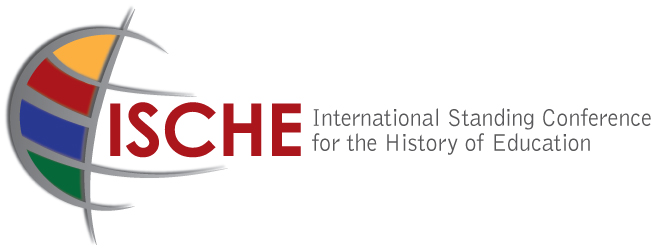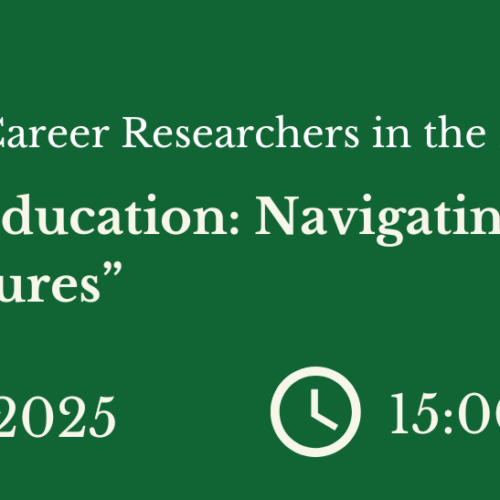Material Hermeneutics and Remediation as Challenges in Visual Studies in Histories of Education (2018-2023)
Convenors: Tim Allender (Australia), Inés Dussel (Mexico), Ian Grosvenor (United Kingdom), Karin Priem Luxembourg (Luxembourg)
The Visual Studies in Histories of Education SWG 2023 Annual and Final report is available here
The Visual Studies in Histories of Education SWG 2022 Annual report is available here
The Visual Studies in Histories of Education SWG 2021 Annual report is available here
The Visual Studies in Histories of Education SWG 2019 Annual report is available here
The Visual Studies in Histories of Education SWG 2018 Annual report is available here.
Description and main objectives: In 2000, Marc Depaepe and Bregt Henkens, in cooperation with James C. Albisetti, Jeroen J. H. Dekker, Marc D’hoker, Frank Simon, and Jo Tollebeek, edited a Paedagogica Historica Supplementary Series volume on The Challenge of the Visual in the History of Education (Ghent: CSHP, 2000) highlighting the importance of visual sources in the History of Education. Taking a then innovative approach, the vast majority of contributors to the volume “read” images as important elements in discursive fields within the different histories of education. Since then, several other publications have followed this lead. More recently, many studies in the history of education have situated themselves at the intersection of visual and material studies. In particular, research has focused on the fact that images themselves have a history, or social biography (e.g., Edwards 2004 and 2009). They are produced, circulated, and consumed in ways that could not always be predicted by those who made them. Images are included and inscribed in different contexts; they move from cameras, canvas, papers or walls to albums, plaques, museums, frames, boxes, walls, cards, books, journals, popular magazines, catalogues, pamphlets, screens, and almost any surface that can be imagined, including the screens that are deployed by digital and social media. The material and social history of photography suggests that images should be analyzed as social objects. This notably involves analyzing images from two interconnected research perspectives, focusing on both their material and social-relational qualities. Visual technologies as material practices imply an impetus for reproduction and dissemination where images assume a hermeneutic role that is based on their physicality and presentational forms (e.g., print size, cropping and enlarging, image configurations and orderings, combination of images and texts, paper and print quality, etc.). Contrary to much previous research on the visual, this research perspective looks at images as reproducible and mobile objects. This refers to the second, social-relational perspective where images are perceived as objects that never cease to reach out to audiences and gather a large variety of entangled relations and meanings over time. The material and social qualities of images are therefore inseparable; both refer to processes of meaning-making in chains of reproduction, remediation, and recontextualization, with images assuming active roles as connectors and communicators. Considering the social-material quality of images hence also raises questions about intermedial relations, the life and death of images, technologies of reproduction, hybrid media, and media and humans as collectives of meaning-making, also in the digital age. In addition, it raises questions about what has been inscribed, by whom, when, and where in the (digital) archive, and how a particular visual memory has been produced, defied, challenged, and transformed. The Standing Working Group would like to initiate and invite debates and scholarly exchanges on images and films as complex material and social objects in the history of education. This objective will be achieved by looking at images as objects to think with, by problematizing them as signs or traces of complex entanglements with both the past and the present. These interactions invite us to take more rigorous and complex approaches to studying them. To sum up, we would like to open up and discuss further avenues for visual inquiry, enhance interest in images within ISCHE, and raise awareness for what images allow us to think about the plural and complex worlds of educational practices.
For additional information and to become involved, please contact the convenors: Tim Allender (Australia), Inés Dussel (Mexico), Ian Grosvenor (United Kingdom), Karin Priem Luxembourg (Luxembourg)


